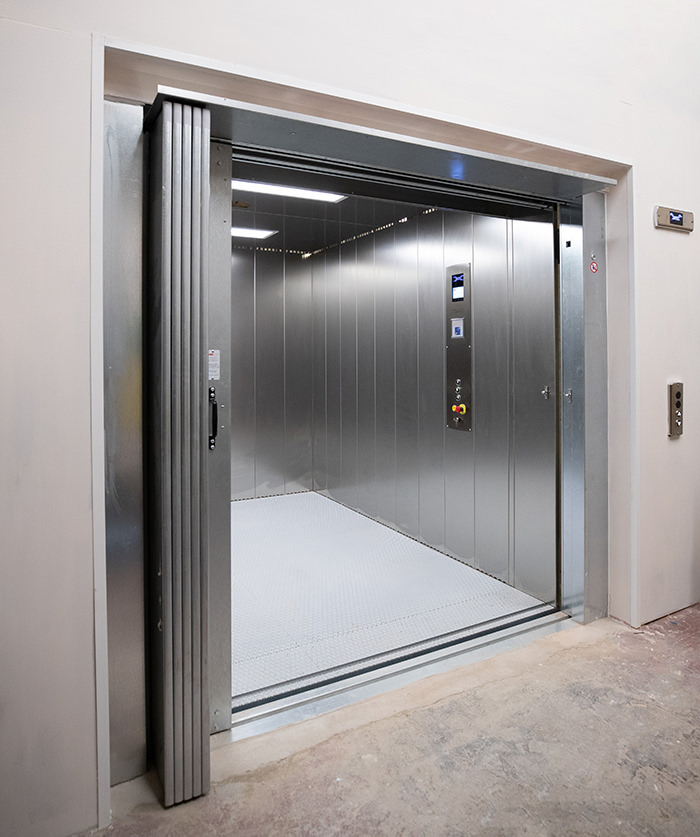Discover the Best Disabled Platform Lifts Prices UK for Residential and Commercial Usage
Unraveling the Intricacies of Lift Innovation: Troubleshooting Common Issues Throughout Lift Versions
From slow-moving procedure concerns to peculiar noises rising from the equipment, troubleshooting typical troubles throughout various lift designs requires a keen eye for detail and an organized technique. Stay tuned as we browse via the maze of lift breakdowns, looking for remedies to the enigmatic troubles that can interfere with the smooth performance of these crucial apparatuses.
Identifying Slow Procedure Issues

Next, inspect the electric connections to ensure that all components are appropriately connected and operating. Defective wiring or loose links can bring about reduce operation or full malfunction of the lift system. In addition, it is essential to evaluate the control system to determine if the problem depends on the programming or sensors.
If the visual assessment and electric checks do not reveal the origin of the slow procedure, more diagnostic examinations may be needed. These might include pressure examinations for hydraulic systems, voltage examinations for electric elements, or running diagnostic software for the control system. repair and maintenance services. By complying with an organized approach to fixing slow operation problems, you can effectively recognize and fix the trouble, making sure the lift operates safely and successfully
Resolving Odd Sounds
To successfully repair lift modern technology for unusual noises, an extensive exam of the lift components complying with the identification of slow operation concerns is important. Unusual noises in lifts can be a sign of underlying troubles that call for punctual interest to ensure the security and reliability of the system.
Moreover, it is essential to refer to the lift supplier's maintenance standards and seek aid from certified technicians when taking care of complex lift components or unknown troubleshooting treatments. By quickly resolving and attending to unusual sounds underlying problems, lift operators can guarantee the optimum efficiency and security of the lift system for guests and drivers.
Handling Faulty Control Problems
An effective strategy for dealing with faulty control issues in lift modern technology involves carrying out an extensive evaluation of the control system's elements and functionality. When encountering issues with lift controls, it is important to initial look for any kind of loosened links, harmed wiring, or malfunctioning sensing units. Verifying that all control screens, keypads, and buttons are operating appropriately is likewise necessary in identifying the problem precisely.
If no visible issues are noticeable, specialists need to continue to inspect the control panel for any type of indicators of water deterioration, getting too hot, or damage, as these can frequently lead to manage malfunctions. In addition, resetting visit here the control system or upgrading the software might aid resolve particular problems or pests creating the issue.

Taking On Hydraulic System Malfunctions
The efficiency of hydraulic systems in lifts depends heavily on the appropriate performance of numerous parts within the system. When hydraulic systems breakdown in lifts, it can lead to operational interruptions and security worries.
An additional regular hydraulic system malfunction is a loss of pressure, which can arise from air going into the system, fluid contamination, or pump inefficiencies. Professionals can resolve this by hemorrhaging the system to eliminate air, changing infected liquid, or servicing the pump as needed. Furthermore, irregularities in hydraulic fluid levels or uncommon sounds during lift procedure might indicate underlying system malfunctions that require instant attention to avoid further damage. try this Regular upkeep and timely troubleshooting of hydraulic system issues are essential to making certain the safe and effective operation of lift innovation.
Taking Care Of Electric Part Failings
Resolving electric part failures in lift technology necessitates a systematic strategy to identifying and solving problems to maintain operational functionality and safety and security standards. When encountering electric issues in lift systems, it is essential to first conduct an extensive assessment of the electric components, including control panels, electrical wiring, sensors, and circuit boards. Any type of indications of damage, deterioration, loosened connections, or burned aspects should be very carefully noted and addressed quickly to stop more difficulties.
When it comes to electric part failings, it is necessary to comply with producer guidelines for fixing and repair work treatments. This may entail evaluating the components utilizing multimeters, oscilloscopes, or other diagnostic tools to determine the precise source of the breakdown. Furthermore, having a comprehensive understanding of the lift's electric schematics and electrical wiring layouts can assist in determining and remedying problems successfully.
Normal maintenance and inspection schedules can aid avoid electric failures by discovering prospective concerns at an early stage. Correct training for lift specialists on electrical systems and parts is additionally vital to make sure accurate medical diagnosis and effective resolution of electrical issues, inevitably adding to the total security and reliability of lift operations.
Conclusion
To conclude, repairing lift technology calls for an organized approach to recognize and resolve common troubles such as sluggish operation, odd noises, faulty controls, hydraulic system breakdowns, and electrical part failures. By understanding the intricacies of lift technology and have a peek at this site adhering to appropriate troubleshooting actions, service technicians can effectively solve problems and ensure the reliable and safe operation of lifts throughout various designs.
To properly troubleshoot lift technology for unusual noises, a comprehensive exam of the lift components adhering to the identification of slow-moving operation concerns is crucial. Weird sounds in lifts can be a measure of underlying issues that require punctual focus to guarantee the safety and security and reliability of the system.A reliable strategy for resolving defective control troubles in lift modern technology involves performing a detailed analysis of the control system's parts and performance.The efficiency of hydraulic systems in lifts counts greatly on the proper functioning of various components within the system. repair and maintenance services. When coming across electrical issues in lift systems, it is crucial to first perform a comprehensive inspection of the electrical elements, including control panels, wiring, sensing units, and circuit boards